There can be your advertisement
300x150
Raw or Turnkey? Pros and Cons of Different Types of Finishing
Raw finishing is a bare concrete shell? And finished finishing is an apartment you can move into tomorrow? If you answered "yes" to both questions, this post is for you.
Developers today offer buyers apartments of varying levels of readiness: from raw finishing to an apartment ready for move-in. What lies behind the terms "raw finishing" and "turnkey" is explained by our expert.
Andrey Lyamin-BorodinExpertGeneral Director of the online service for ordering renovation Rewedo.1. Apartment Without Finishing
An apartment without finishing is a bare concrete shell. Usually, only the electrical supply and connection to the common house water and sewage pipes are done, with no internal piping. The heating system is generally present, sometimes with radiators. Floors and ceilings are bare concrete slabs, although sometimes a floor screed may be found in an apartment without finishing.

Pros. If you're planning a major reconfiguration anyway, you will save significantly on demolition and waste removal.
Cons. If there are no walls in the apartment and new ones appear later, you will have to build them at your own expense. The money paid for square meters that go into the walls will essentially be lost in those walls.
What you need to do to move into such an apartment: You'll need to build partitions if they don't exist, or possibly remove old ones. You'll also need plumbing for water and sewage, and sometimes heating; electrical wiring, plastering and spackling of walls and ceilings, screeding the floor, finishing all surfaces (wallpaper or paint, tiles, other flooring), installing doors, skirting boards and cornices. Windows and the entrance door from the developer are often replaced. This is the maximum amount of work, taking the longest time to complete.
 2. Raw Finishing
2. Raw FinishingIn an apartment with raw finishing, electrical and engineering utilities are laid to the locations of fixtures, sometimes simple plumbing fixtures (they're useful during renovation when builders are in the apartment), radiators, meters for cold and hot water, and walls and ceilings are leveled and ready for final finishing.
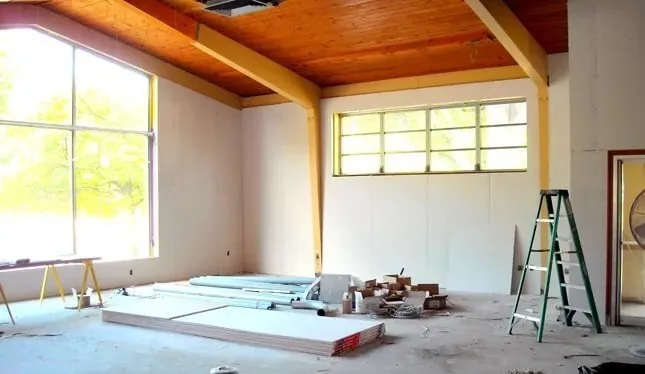
Pros. The concept is good, and according to it, the raw work should be done by the developer following unified standards. The amount of future renovation should thus be significantly less than in an apartment without finishing, but in practice, it depends on many factors.
Cons. Because the electrical wiring is standard with minimal outlets, it's often necessary to re-cut grooves during renovation. Plastering may fall off or flake, requiring removal across the entire area. The screed might have cracks, walls may deviate too much from vertical to be corrected with plastering, necessitating additional surface preparation or even demolition and restoration. 3. Finished Finishing
3. Finished FinishingIn an apartment with finished finishing, there are already final surface finishes on walls, floors and ceilings, all electrical, plumbing and heating fixtures are installed. It's assumed that you can move in and live the same day you get the keys – so-called "developer's renovation." However, this again doesn't suit everyone.
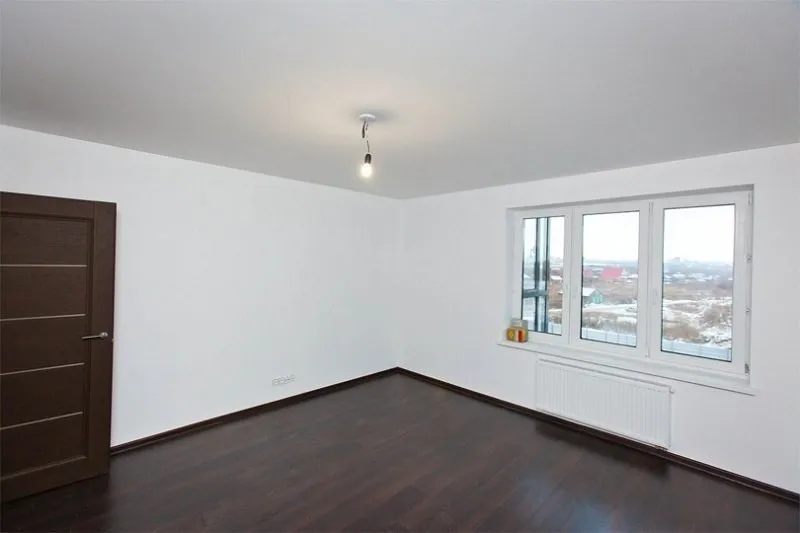
Cons. In economy-class new buildings, the most basic and budget-friendly materials are used. Their installation quality often leaves much to be desired. As with raw finishing, the electrical wiring satisfies only the most modest buyers. You often have to rewire here with accompanying demolition of wall or floor finishes.
Pros. Finished finishing is a good compromise: it allows you to wait several years while the new building settles before starting a major renovation "to your taste" when the risk of settling is reduced.
 4. Turnkey
4. TurnkeyIn essence, this is finished finishing with a minimum of furniture included: built-in wardrobes and a kitchen equipped with built-in appliances. These offers come in two ways.
First option – when the developer offers buyers different design and finishing options for their apartments. Essentially, when buying an apartment, you can choose a design project and finishing in which the space will be decorated, as well as agree on removing or building new partitions if necessary.
Second option – the developer, without preliminary agreement with the buyer, frees them from the hassle of choosing by delivering apartments with completed finishing, fully equipped built-in kitchen including appliances, and a fully equipped bathroom.
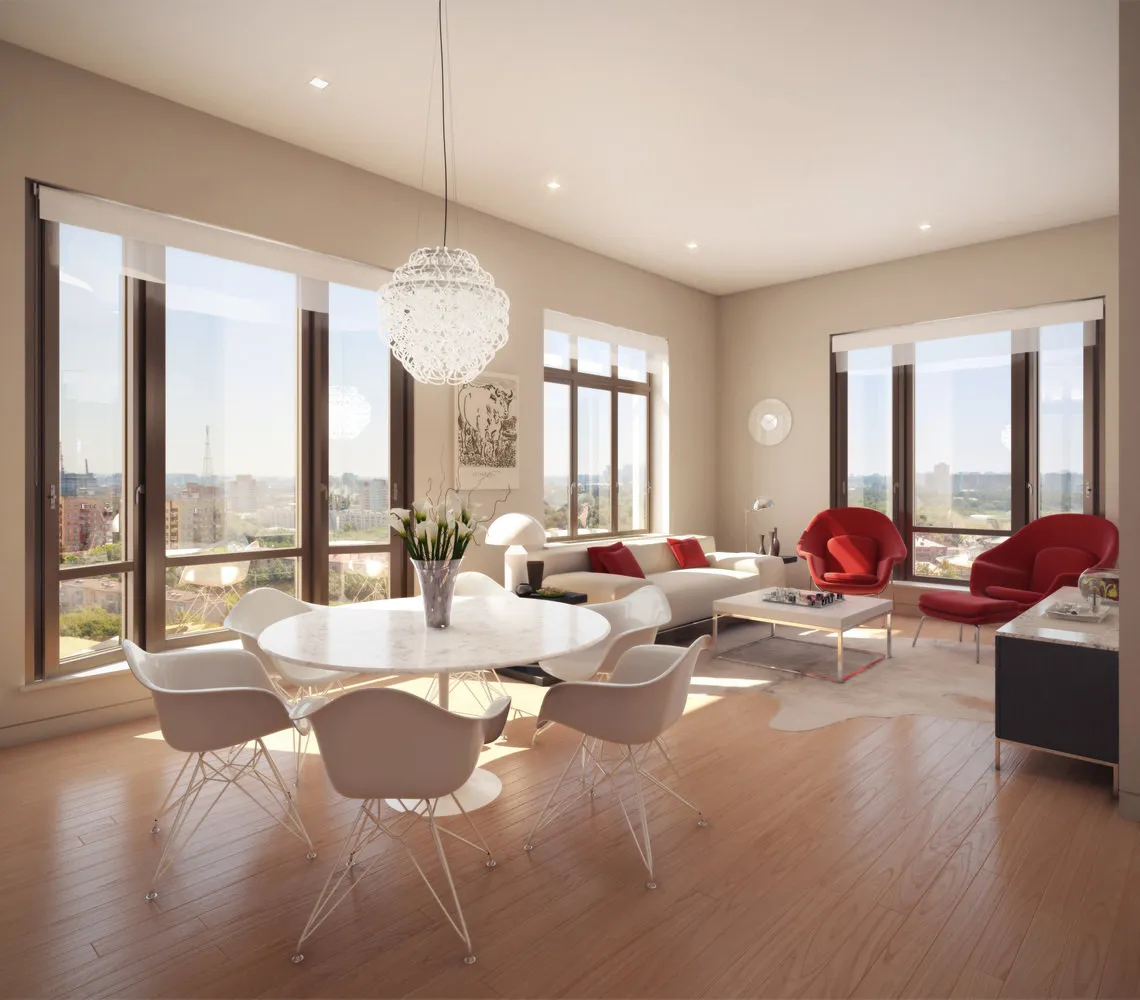
Pros. When buying an apartment with a design and renovation by the developer, savings can occur not only on the design project (which costs less with the developer than on the market), but also on the total renovation cost – optimizing the project cost is easier for the developer.
Cons. Your tastes may not align with the developer's choices.
 Read also:
Read also:- Art therapy: how to easily hide outlets and switches
- Designer radiators in interior design: pros and cons
- Wall tricks: why designers take them down?
More articles:
 Secrets of Interior Photography: How Decoration Transforms Spaces
Secrets of Interior Photography: How Decoration Transforms Spaces How to Quickly Do Bathroom Renovation: Tips from Professionals
How to Quickly Do Bathroom Renovation: Tips from Professionals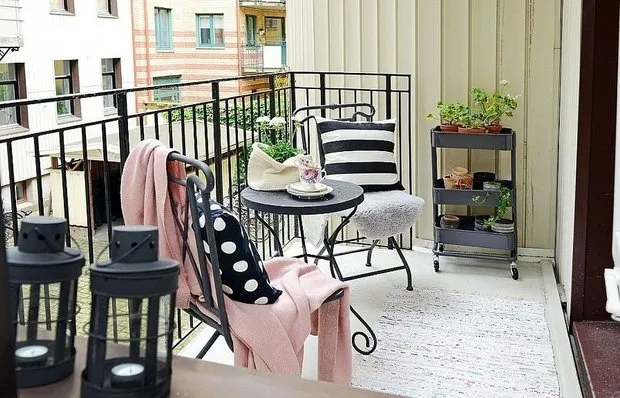 How to Decorate an Open Balcony: 12 Current Ideas
How to Decorate an Open Balcony: 12 Current Ideas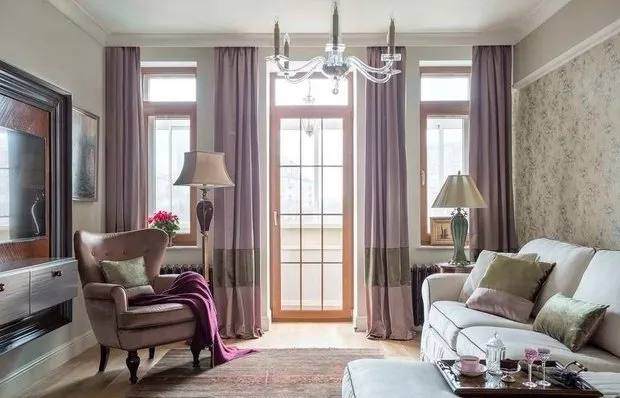 How to Protect Your Apartment from the Sun: 8 Examples
How to Protect Your Apartment from the Sun: 8 Examples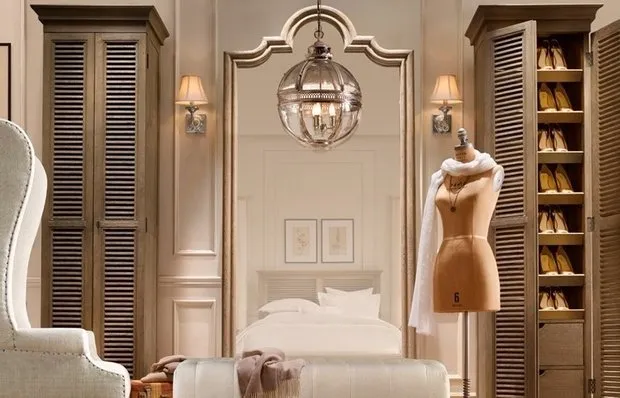 Editor's Choice: 8 Items from Eichholtz
Editor's Choice: 8 Items from Eichholtz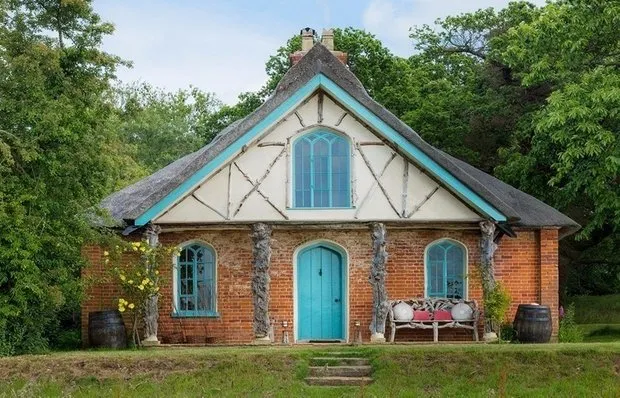 English Cottage with Antique Furniture and Log Fireplace
English Cottage with Antique Furniture and Log Fireplace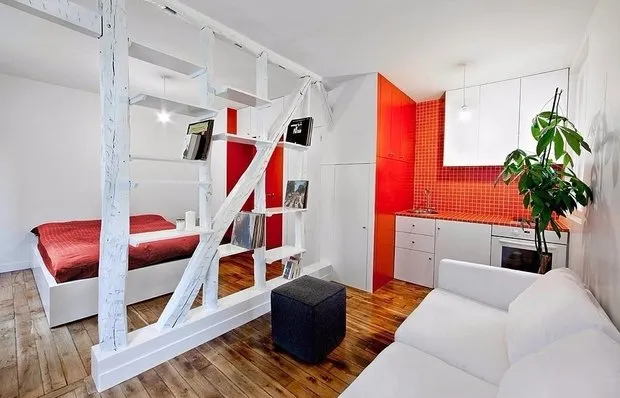 9 Common Mistakes in Designing a Small Apartment
9 Common Mistakes in Designing a Small Apartment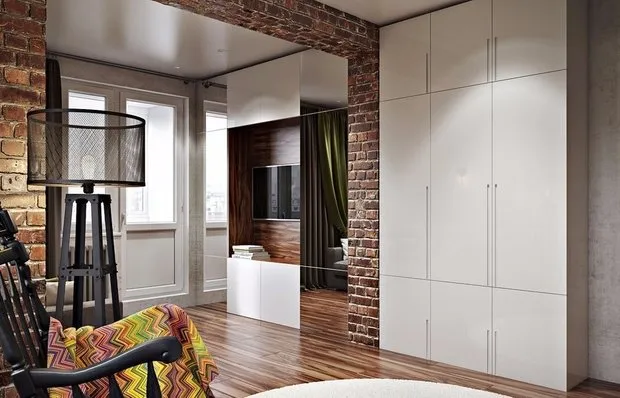 3 New Ideas for Redesigning a Two-Room Apartment with a Bay Window
3 New Ideas for Redesigning a Two-Room Apartment with a Bay Window